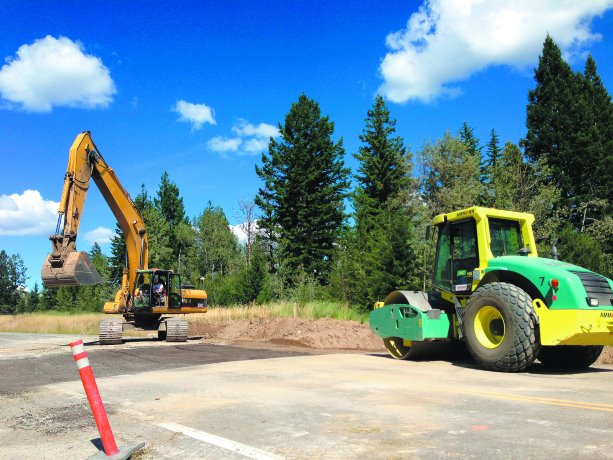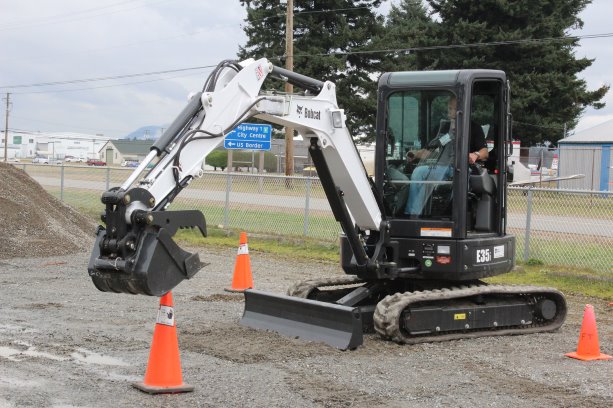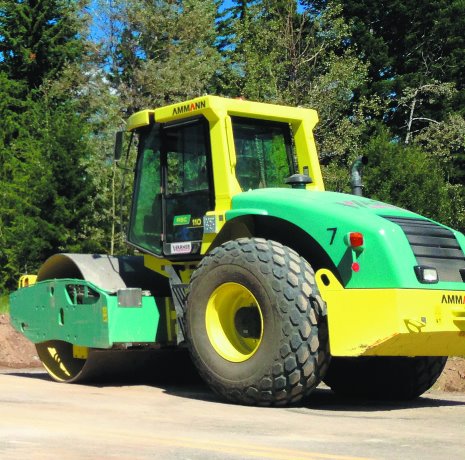It’s often cheaper to buy used heavy equipment rather than new, but one needs to do their homework when making such a large investment.
Iron Planet and Ritchie Bros., two of Canada’s largest heavy equipment auction services, offered their advice for navigating the used equipment market.
According to IronPlanet, after the economic downturn in 2008, many businesses turned to purchasing used equipment and renting rather than buying new.
Used equipment is much more affordable, especially if a fleet manager doesn’t foresee using the equipment for a an extended period of time or would like to use the savings in another area of the business.
"To begin with, you may want to decide whether you want to buy or rent your equipment. With pros and cons to both renting and buying, it pays to evaluate your company’s current situation and capabilities (financial and otherwise), your future plans, and carefully consider which method of acquiring equipment will be most advantageous to your business – and which is also simply going to make your life easier," said Doug Olive, vice president, pricing and valuations, for Ritchie Bros. Auctioneers.
He added that while initial cost is a major factor in the decision process, it’s not the only one.
There are several things to consider such as usage and availability.
According to IronPlanet, a trusted marketplace should offer inspection reports.
The reports provide images and detailed information about the condition and features of the equipment.
The reports should also guarantee that they are an accurate reflection of the condition of the equipment.
Buyers should also look for a marketplace that offers a wide variety of equipment so that they can choose the right make, model and age that suits their business needs.
When viewing a product, one should review inspection reports and preview options ahead of auctions to be able to make an informed decision on the bidding day.
A buyer protection program is also necessary in the event that the equipment does not look or operate as it was described at the time of sale.
The guarantee will help a buyer resolve issues with the marketplace.
Olive said that the buyer should also look out for the environment that the equipment operated in.
"If it worked in heavy-duty environments, where there was a possibility of it working in a double shift environment such as certain resource-based industries, you will want to make more thorough inspections," he said.
IronPlanet stressed that when going to look at equipment, buyers should ask about the make, model, year and hours.
They should also ask about cosmetic, mechanical and structural issues or if the warranty is still valid.
And don’t forget to ask about transportation. Buyers should look for a marketplace that offers transportation options so that they can choose an affordable and reliable carrier.
IronPlanet warned that buyers should be extra careful with track-type equipment. Ask for a dealer track inspection to know the condition of all the components.
Olive also noted certain vehicles to be vigilant about.
"Be even more careful with specialty equipment, like asphalt pavers or asphalt milling machines, which have a lot of additional moving parts that you’ll want to inspect before making a final decision on," he said.
According to IronPlanet, a lack of information or images describing the equipment, no buyer protection program or serious damage to the vehicle mean it is time to look elsewhere.
Even when one does find a great product, buyers should always ensure the equipment can legally operate in their area of business.
There may be emissions standards that the equipment must meet or duties to be paid. Titled vehicles also carry more restrictions when crossing borders after a sale and proper documentation is a must when transporting equipment from the U.S. to Canada.

1/2
Bradley Fehr











Recent Comments
comments for this post are closed